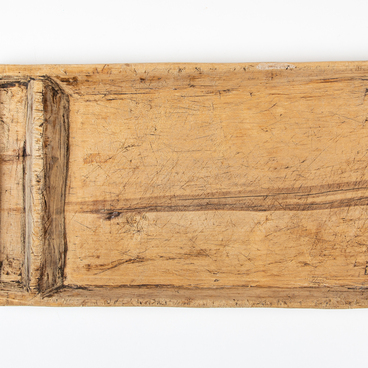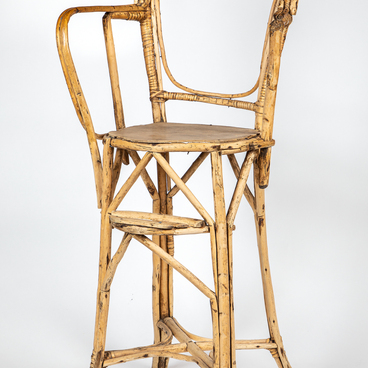A pocket lake map is featured in the main exhibition of the Sheltozero Veps Ethnographic Museum named after Rurik Petrovich Lonin. The map is made from a piece of Karelian birch, with a “profile” of the southwestern coastline of Lake Onega at a distance of up to 23 kilometers — from Zayachy Bay to Kakkorovo — cut along the edge. There are many advantages of such a map: it easily fits into a pocket, and it does not get wet in the rain, and, most importantly, if it accidentally falls into the water, it does not drown.
Numerous rivers and lakes of Karelia, Vologda region and Leningrad region — where many Veps live — contributed to the fact that since childhood the Veps learned the secrets of fishing, weaving nets and meshes, and making various fishing devices. Fishing for Veps is a traditional trade, and in lean years it is the only source of food.
Veps men were good hunters and fishers. As a rule, the fish was intended not only for home consumption, but also for sale. Thus, some Veps villages specialized exclusively in fishing for the market. The Veps had various tools and methods of fishing, as well as rituals and signs that were passed down from generation to generation. Net gear was especially common: seines (not), drift and stake nets (verk), drag nets (merez), fish traps (merd). The vendace was caught with small-mesh nets, which had special names: kerikod, räpuškverk.
The cone-shaped drag nets and fish traps differed in the material of manufacture. The fish trap was woven entirely from aspen twigs; in the drag net only the hoops of the frame, on which the net was stretched, were made from twigs. Large fish were sometimes pierced with a spear (azrag) — a pole with a tip in the form of a fork with three to five teeth. As a rule, fishing spots were noted in advance and marked, including on maps.


